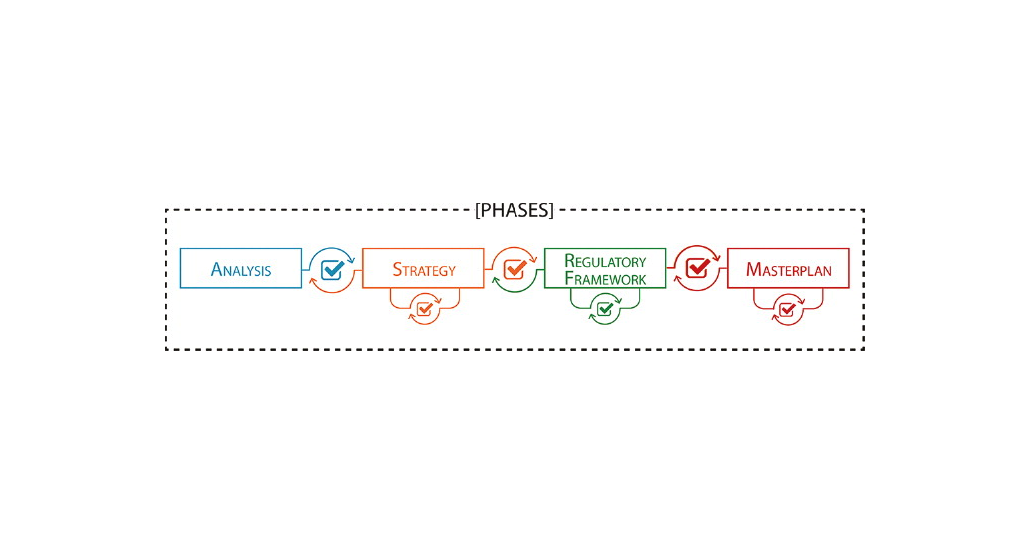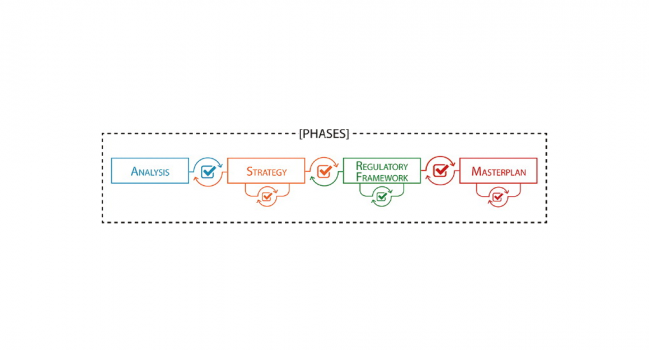 Romice, O, Porta, S, Feliciotti, A & Barbour, GC 2017, Masterplanning for change: design as a way to create the conditions for time sensitive place-making. in H AlWaer & B Illsley (eds), Placemaking: Rethinking the Masterplanning Process.London, pp. 195-207 . DOI: 10.1680/prmp.60715.195
Romice, O, Porta, S, Feliciotti, A & Barbour, GC 2017, Masterplanning for change: design as a way to create the conditions for time sensitive place-making. in H AlWaer & B Illsley (eds), Placemaking: Rethinking the Masterplanning Process.London, pp. 195-207 . DOI: 10.1680/prmp.60715.195Recent figures on the speed at which urbanised population is growing across the continents and on the rate of expansion of urbanised land suggest that sustainable development will in the forthcoming future depend on the capacity of urban from to react and respond to changing demands without the need for radical upheaval and investment. Advancements in our understanding of dynamic processes of complex adaptive systems in nature, culture and society suggest that we can conceptualise urban systems as moving along a trajectory where change is an essential trait of their life and resilience their capacity to respond to change. On these premises this paper presents an approach to masterplanning aimed at setting the conditions for form to grow and adjust over time, rather than at stipulating pre-conceived states at the onset. This approach is being developed by the Urban Design Studies Unit at the University of Strathclyde under the name of masterplanning for change.


